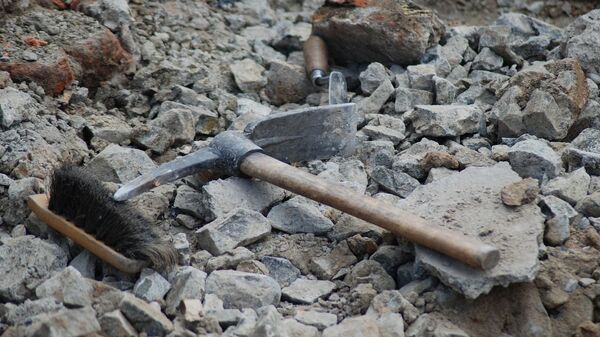The fossils were uncovered in a geological formation known as the Lujiatun Beds in Jinzhou, a city in the central-west Liaoning province of China. The Lujiatun Beds are the oldest layer of the larger Yixian Formation, which is known for its preserved fossils.
— (electro) Magnetic Universe (@NewsRounders) September 17, 2020
Scientists believe the fossils were buried by a volcanic eruption that trapped the creatures while they were resting at the bottoms of their burrows.
"These animals were quickly covered by fine sediment while they were still alive or just after their death," Royal Belgian Institute of Natural Sciences paleontologist Pascal Godefroit explained to the Independent.
Godefroit also noted that there were no signs of feathers on the bones and that they were “incredibly well-preserved,” given that they are about 125 million years old.
The scientists have named the new species Changmiania liaoningensis; Changmiania means “eternal sleep” in Chinese.
Researchers believe the dinosaur was part of the Ornithopod family of herbivores and lived during the Cretaceous period, defined as the time frame between 145.5 and 65.5 million years ago.
The dinosaur is believed to have been around 1.2 meters long, with strong hind legs that would have made it a fast runner.
"However, certain characteristics of the skeleton suggest that Changmiania could dig burrows, much like rabbits do today," Godefroit explained.
"Its neck and forearms are very short but robust, its shoulder blades are characteristic of burrowing vertebrates, and the top of its snout is shaped like a shovel,” he added.
“So we believe that both Changmiania specimens were trapped by the volcanic eruption when they were resting at the bottom of their burrows 125 million years ago.”


